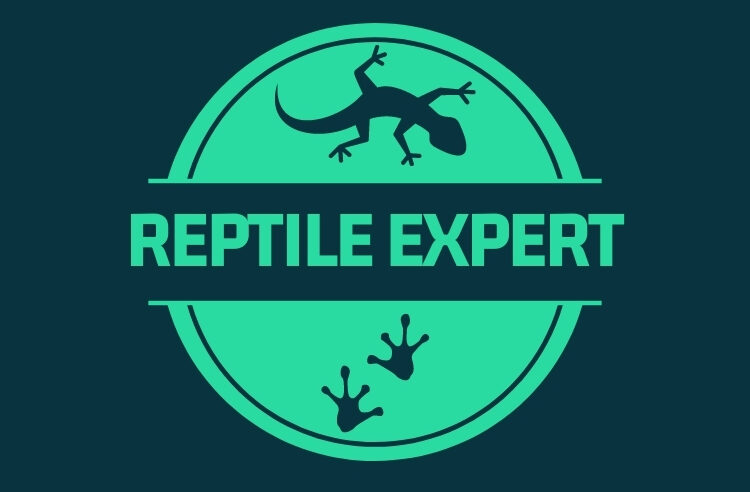Reptilian reproduction forms one of the key turning points in evolution; when the first reptiles broke free from their amphibian ancestors’ dependence on water for breeding, their conquest of the land became complete – and ultimately allowed dinosaurs to rule the world for 120 million years.
Today, modern reptiles follow the same general approach to reproduction pioneered by those early reptiles, including fossil creatures such as Seymouria – arguably the first of their kind. Ironically, this big jump forward was made possible by the development of something that we take so much for granted – the shelled egg!
For amphibians, with few exceptions reproduction generally involves laying soft eggs in a convenient body of water, which inevitably restricts the sorts of environments that they can colonise. By producing a water-proof shell, wherever it is laid, each reptile egg develops within its own mini pond, and this, together with the development of a scaly skin, allowed reptiles to move out of the damper, wet areas of the world and lay claim to its hotter, drier places.
Courtship and Mating
Many kinds of reptiles display to attract potential mates – or to ward off possible rivals. This is particularly evident amongst the lizards, but some crocodilians, tortoises and snakes also indulge in similar kinds of behaviour.
The actual mating can be a seemingly violent affair, with the female being firmly grasped or bitten by the male – or battered, in the case of some tortoises – and though superficial injuries do occur, there is seldom if ever any lasting damage.
In reptiles, fertilisation is internal, with sperm being deposited within the cloaca or vent of the female. The males of crocodiles and some types of tortoises and turtles possess a single penis with which they achieve this, while snakes and lizards have paired organs known as hemipenes – though only one hemipenis is used during any one mating. In some species there is evidence that which one is used alternates, while for snakes in particular, it seems how the two animals position themselves for mating defines the appropriate one to use.
Egg Laying and Hatching
The fertilised eggs that result from the union are protected from the danger of dehydration inside a waterproof shell – typically more like a very thick parchment than the hard, mineralised shell of a bird’s egg – though the texture does vary from species to species.
The details of egg laying – and parental care – vary between species. Some reptiles, most notably American Alligators ( Alligator mississippiensis) and Nile Crocodiles ( Crocodylus niloticus) construct nests and remain in attendance throughout incubation and beyond. Many other kinds of reptiles do not.
Conditions for successful development and hatching also depend on species, generally reflecting the conditions available in their native homes. As a result, in captivity, any attempt to breed reptiles calls for thorough research and a good understanding of the individual animal’s breeding habits so that its particular needs can be properly met. For some kinds, this may demand little more than a deeper area of substrate in which to bury its eggs, while for others, it may be necessary to vary environmental factors within the terrarium, such as the temperature or humidity. For most species, it is generally thought advisable to remove the eggs once laid and incubate them separately.
Live Birth
While most reptiles happily lay eggs, some have abandoned this approach in favour of live birth and although this isn’t exactly the same as found in humans and other mammals, it does share many similarities.
In these species, the young are incubated within the body of their mother, encased in shell-less membranes, being expelled once fully developed; the membrane ruptures, releasing the fully formed young – a phenomenon known as “ovo-viviparity”.
Quite why various groups of reptiles have adopted this approach is not entirely clear. For animals such as the UK’s own Common Lizard ( Zootoca vivipara formerly Lacerta vivipara) and Adder (Vipera berus) it seems it may be an adaptation to being quite so far north, but this explanation certainly doesn’t hold for the boas, which also produce live young!
The first reptiles evolved way back in the Permian Era – nearly 300 million years ago – and the approach to reproduction that they developed has been in continuous use ever since, by countless generations of their own kind, as well as being adopted by the birds and even some primitive mammals. Whichever way you look at it, that’s some track record!
